Alternative Fuel RDF (Refuse Derived Fuel) or Solid Secondary Fuel is a fuel derived from waste. RDF consists of high-calorific waste components such as plastic, paper, cardboard, textiles, rubber, leather, wood, and others.
- The calorific value of RDF fuel is 20,000 ± 2,000 kJ/kg.
- The grain size of RDF is approximately 20-25 mm.
- The content of hazardous components in the fuel is strictly controlled and does not exceed permissible limits.
- In terms of calorific value, 1.7 kg of RDF is equivalent to 1 cubic meter of gas.
RDF can be used as a primary or secondary fuel in cement plant kilns, thermal power plants, and metallurgical furnaces. Conducted calculations have shown the feasibility of replacing gas with solid secondary fuel in cement production.
Cement production requires significant energy input due to the necessary temperatures in cement kilns exceeding 2,000°C. For each ton of cement produced, typically 60-130 kg of fuel oil or its equivalent (natural gas) and about 105 kW/h of electricity are required. On average, energy costs, including fuel and electricity, account for up to 40% of cement production expenses. Therefore, it is advisable to use alternative fuel derived from waste in production processes to reduce the use of traditional fuels and raw materials by substituting them. In an operating cement kiln, it is possible to replace 30 to 60% of natural gas, which reduces the production cost of cement.
The combustion of RDF has a significantly lower environmental impact compared to the incineration of municipal solid waste (MSW). This is because the equipment of cement plants, where processes occur at temperatures around 1,700°C, minimizes the content of harmful substances in the exhaust gases due to higher temperatures than, for example, in waste incineration plants or other industrial facilities.
Due to the heterogeneity of MSW received for sorting, preliminary processing is necessary to obtain a relatively homogeneous waste mass for the production of RDF fuel used in cement kilns. To achieve this, it is proposed to equip waste sorting facilities with automated sorting systems.
Automated MSW sorting, based on the use of optical material scanning, increases the efficiency of secondary raw material fraction recovery compared to manual sorting. Consequently, the quality of the selected raw material suitable for RDF fuel production is improved. Additionally, the automated sorting system prevents the inclusion of components in RDF fuel that are hazardous to burn, such as chlorine-containing materials.
| The technical specifications of the line are formed based on the Customer's requirements. |
|---|

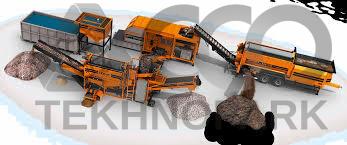

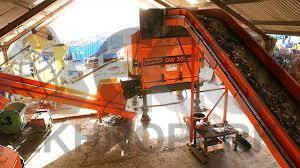


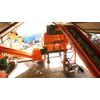
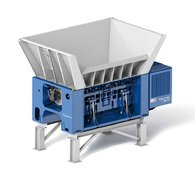
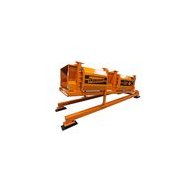



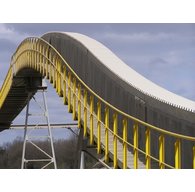
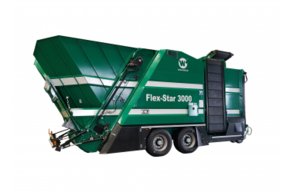 Screen (separator) Willibald Flex Star 3000
Screen (separator) Willibald Flex Star 3000 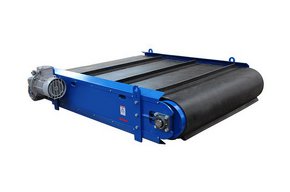 ERGA SMVA Magnetic separator for ferrous metal
ERGA SMVA Magnetic separator for ferrous metal 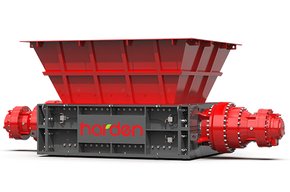 Double shaft shredder TDH
Double shaft shredder TDH 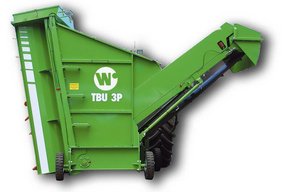 Tractor-pulled compost turner TBU 3P
Tractor-pulled compost turner TBU 3P